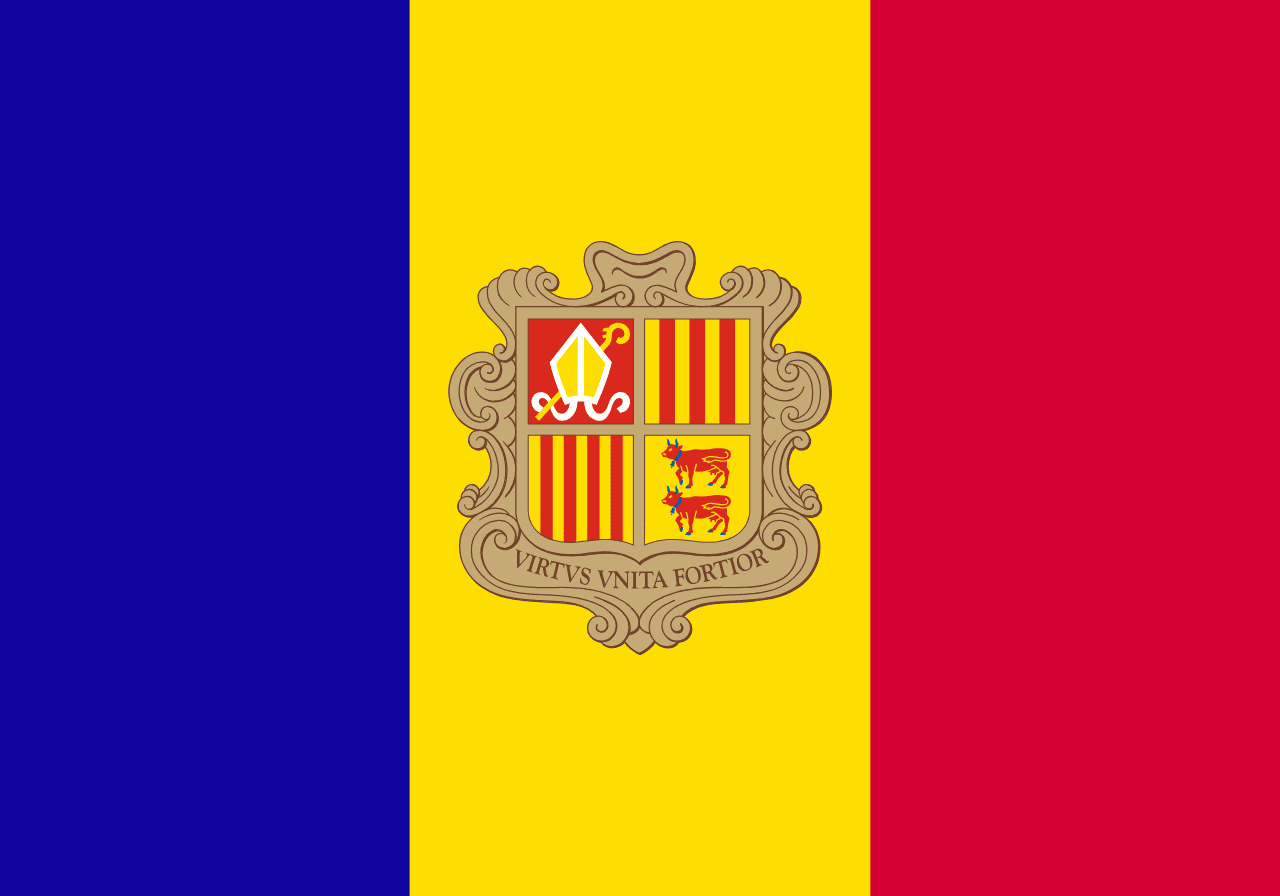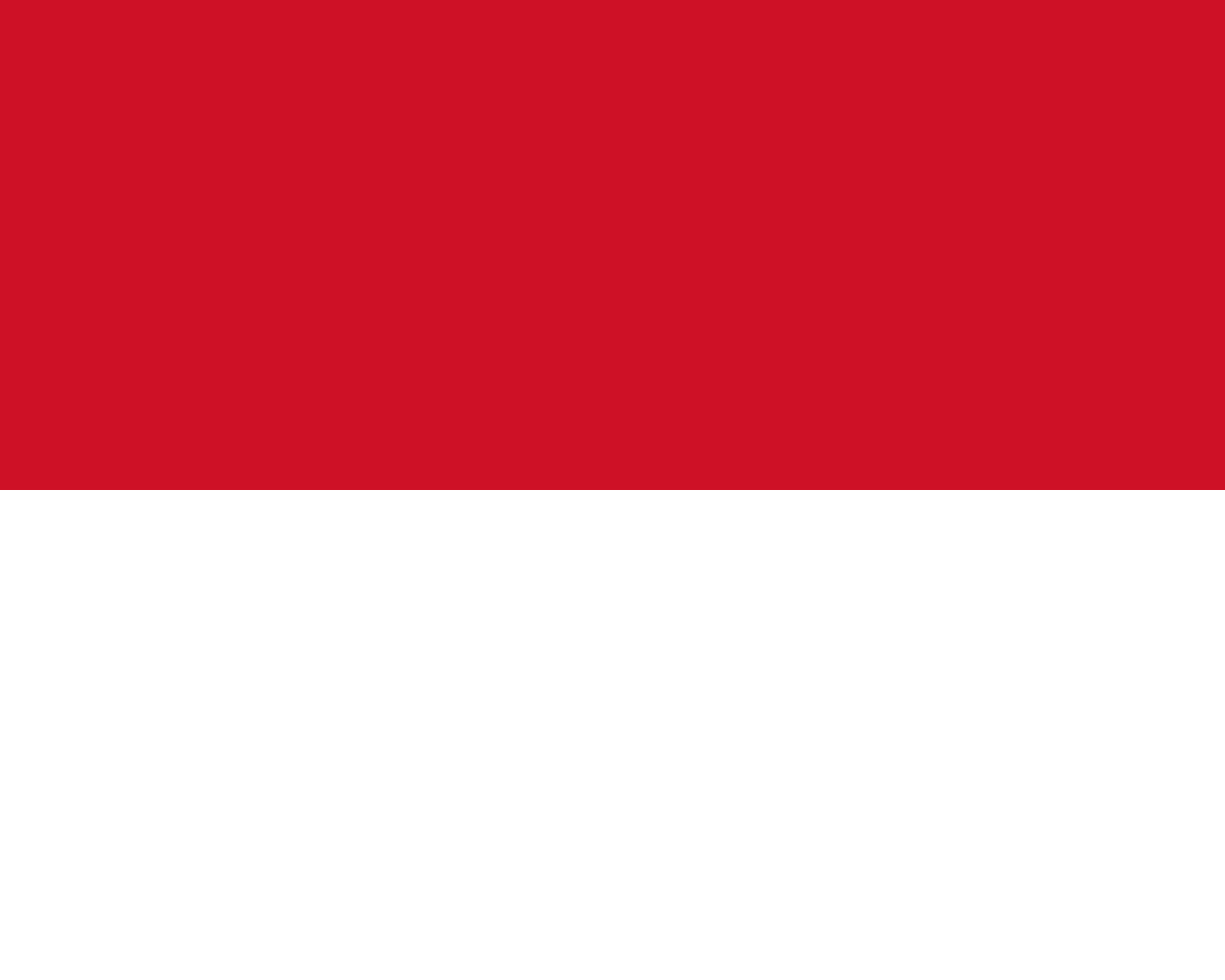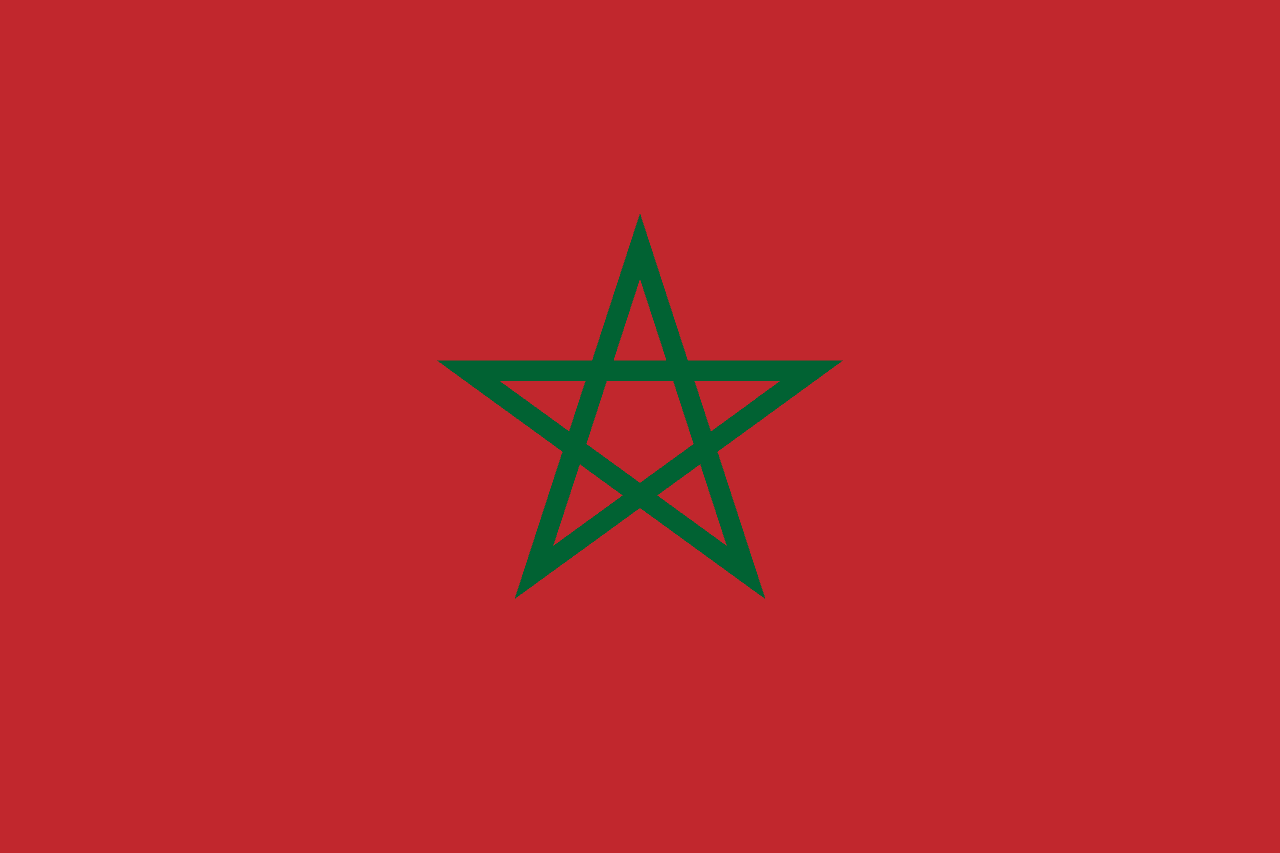Spain Flag Meaning
Two horizontal red stripes separated by a yellow stripe twice their width, with the national coat of arms on the yellow stripe toward the hoist, representing the historical kingdoms of Castile and Aragon and the traditional colors that have symbolized Spain for centuries.
- Continent
- Europe
- Adopted
- 1981
- Ratio
- 2:3
- Colors
- red, yellow
- Designer
- Unknown (ancient origins)

Symbolism
Red Stripes: Represent the blood shed by Spanish heroes throughout history in defense of their homeland, symbolizing the courage, strength, and sacrifice of the Spanish people in their struggles for independence and unity.
Yellow Stripe: Represents the generosity and wealth of Spain, symbolizing the golden treasures from the Americas that made Spain a global empire and the sunshine that characterizes the Iberian Peninsula's climate.
National Coat of Arms: Features the symbols of the historical Spanish kingdoms including Castile, León, Aragon, and Navarre, plus Granada and the Pillars of Hercules, representing the unity of Spain's diverse regions.
Historical Continuity: The red and yellow colors have ancient origins in the arms of Aragon and have represented Spain in various forms for centuries, connecting modern Spain to its medieval heritage.
History
- Pre-Roman Era: Iberian, Celtic, and other peoples inhabited the peninsula, developing distinct cultures before Phoenician and Greek traders established coastal settlements and introduced Mediterranean civilization.
- 218 BC-711 AD: Roman conquest brought Latin language, law, Christianity, and urban civilization, while Visigothic rule after Roman collapse maintained Christian identity until Islamic conquest.
- 711-1492: Muslim rule in Al-Andalus brought Islamic civilization, science, and culture, while Christian kingdoms in the north gradually reconquered the peninsula in the Reconquista.
- 1469-1516: The marriage of Isabella of Castile and Ferdinand of Aragon united Spain's largest kingdoms, while the conquest of Granada (1492) and Columbus's voyage began Spanish global expansion.
- 1516-1700: Habsburg rule created the Spanish Empire stretching from the Americas to the Philippines, making Spain the world's first global superpower despite periodic decline and conflicts.
- 1700-1808: Bourbon rule brought enlightenment reforms and attempted modernization, while maintaining the American empire and fighting European wars that gradually weakened Spanish power.
- 1808-1814: The War of Independence against Napoleon united Spaniards against foreign occupation and introduced liberal constitutional ideas that would influence 19th-century politics.
- 1810s-1898: Most of the American empire gained independence during the Latin American wars of liberation, while Spain struggled with political instability, civil wars, and economic problems.
- 1936-1939: The Spanish Civil War between Republicans and Nationalists killed over 500,000 people and served as a prelude to World War II, ending with Franco's victory.
- 1939-1975: Franco's dictatorship brought authoritarian rule, repression of regional languages and cultures, and international isolation until gradual opening in the 1960s.
- December 19, 1981: The current flag was officially adopted during Spain's democratic transition, updating the design used during the Franco era but with a new democratic coat of arms.
- 1975-1986: The transition to democracy under King Juan Carlos transformed Spain into a constitutional monarchy with regional autonomy and integration into European institutions.
- 1986-Present: EU membership brought modernization and prosperity, while Spain has faced challenges including Basque terrorism, Catalan independence movements, and recent economic crises.
Trivia
- Spain is the world's second-most visited country after France, attracting over 80 million tourists annually to its beaches, cities, museums, and cultural festivals.
- The flag represents a country that was once the world's first global empire, controlling territories on every continent and spreading Spanish language and culture worldwide.
- Spanish (Castilian) is the world's second-most spoken language by native speakers, with over 400 million speakers across Spain and Latin America.
- Spain has 49 UNESCO World Heritage Sites, including the Alhambra, Sagrada Familia, and historic cities like Toledo and Salamanca, showcasing its rich cultural heritage.
- The country has four official languages - Spanish, Catalan, Galician, and Basque - reflecting its cultural diversity and autonomous regional governments.
- Spanish cuisine varies dramatically by region, from Basque pintxos to Andalusian gazpacho to Valencian paella, with a strong tradition of local specialties and wine production.
- The flag flies over a country famous for flamenco music and dance, bullfighting (though increasingly controversial), and vibrant festivals like La Tomatina and Running of the Bulls.
- Spain pioneered many aspects of global exploration and colonization, with explorers like Columbus, Cortés, and Pizarro fundamentally changing world history.
- The country has a constitutional monarchy under King Felipe VI, with a parliamentary system and significant regional autonomy for its 17 autonomous communities.
- Spanish art has produced world-renowned masters including Velázquez, Goya, Picasso, Dalí, and Miró, making Spain a major center of artistic achievement.
- The siesta tradition, though less common today, reflects Spain's adaptation to its hot climate and distinctive approach to work-life balance.
- Spain is a major producer of olive oil, wine, and citrus fruits, with agriculture remaining important despite industrial and service sector growth.
- The country has successfully transitioned from dictatorship to democracy and became a modern European nation while preserving its cultural identity and traditions.
- Regional separatist movements, particularly in Catalonia and the Basque Country, continue to challenge Spanish unity and create political tensions.
- Spain faces modern challenges including unemployment, population aging, immigration integration, and balancing regional autonomy with national unity.
Related Countries

Portugal
Europe
A vertical bicolor of green and red with the national coat of arms at the boundary. The design reflects Portugal’s history of exploration, discovery, and national pride.

Andorra
Europe
Three vertical stripes of blue, yellow, and red with the coat of arms centered on the yellow stripe, representing France and Spain (the co-princes), the principality itself, and the unique dual sovereignty arrangement that has governed this small Pyrenean state for over 700 years.

France
Europe
Revolutionary tricolor symbolizing liberty, equality, and fraternity.

Monaco
Europe
Two horizontal stripes of red and white derived from the heraldic colors of the House of Grimaldi, representing one of the world's smallest sovereign states and oldest ruling dynasties.

Morocco
Africa
A red field with a green interlaced pentagram (Seal of Solomon) in the center. The flag reflects Morocco’s dynastic traditions and Islamic heritage.

Switzerland
Europe
A red square field with a white Greek cross in the center, representing the Christian faith that united the early Swiss cantons and the blood shed in defense of freedom, with origins dating back to the Holy Roman Empire and medieval Swiss military banners.